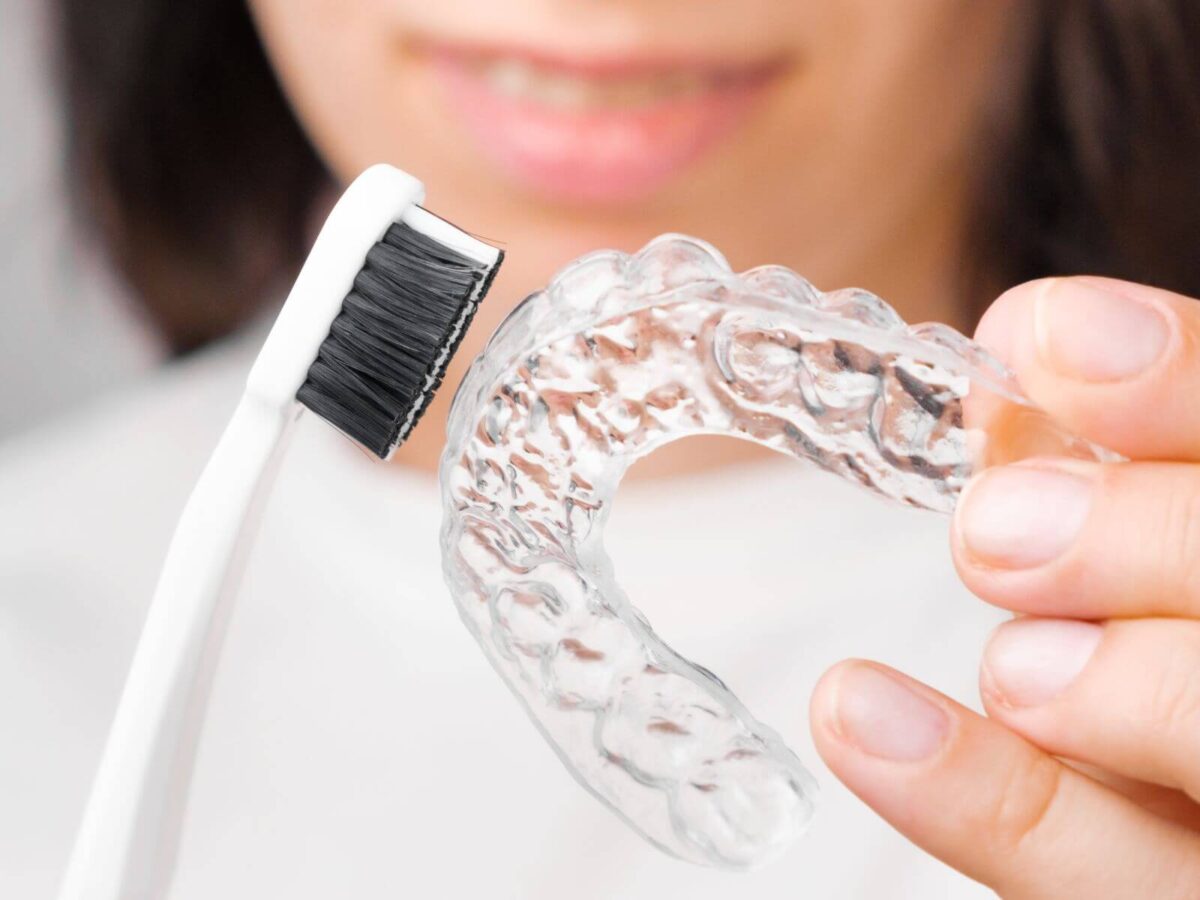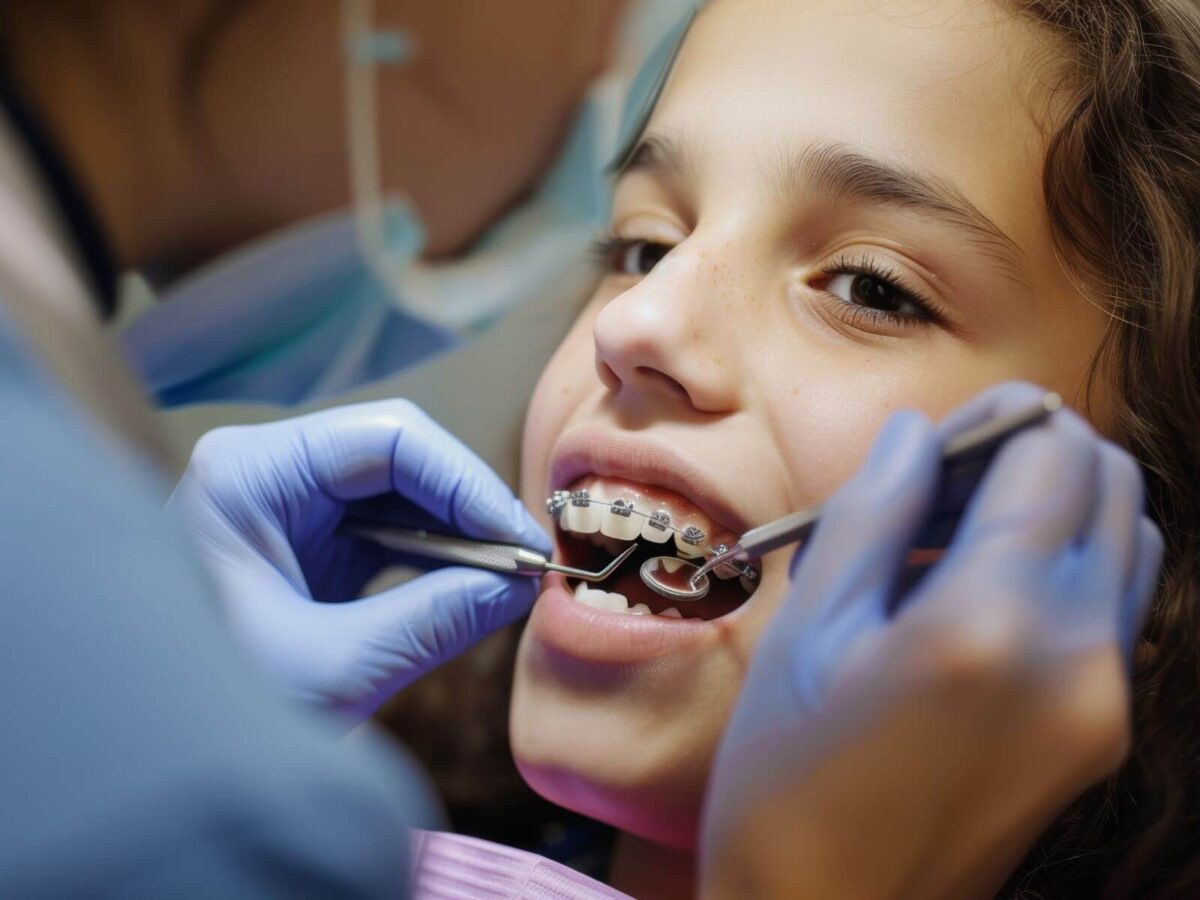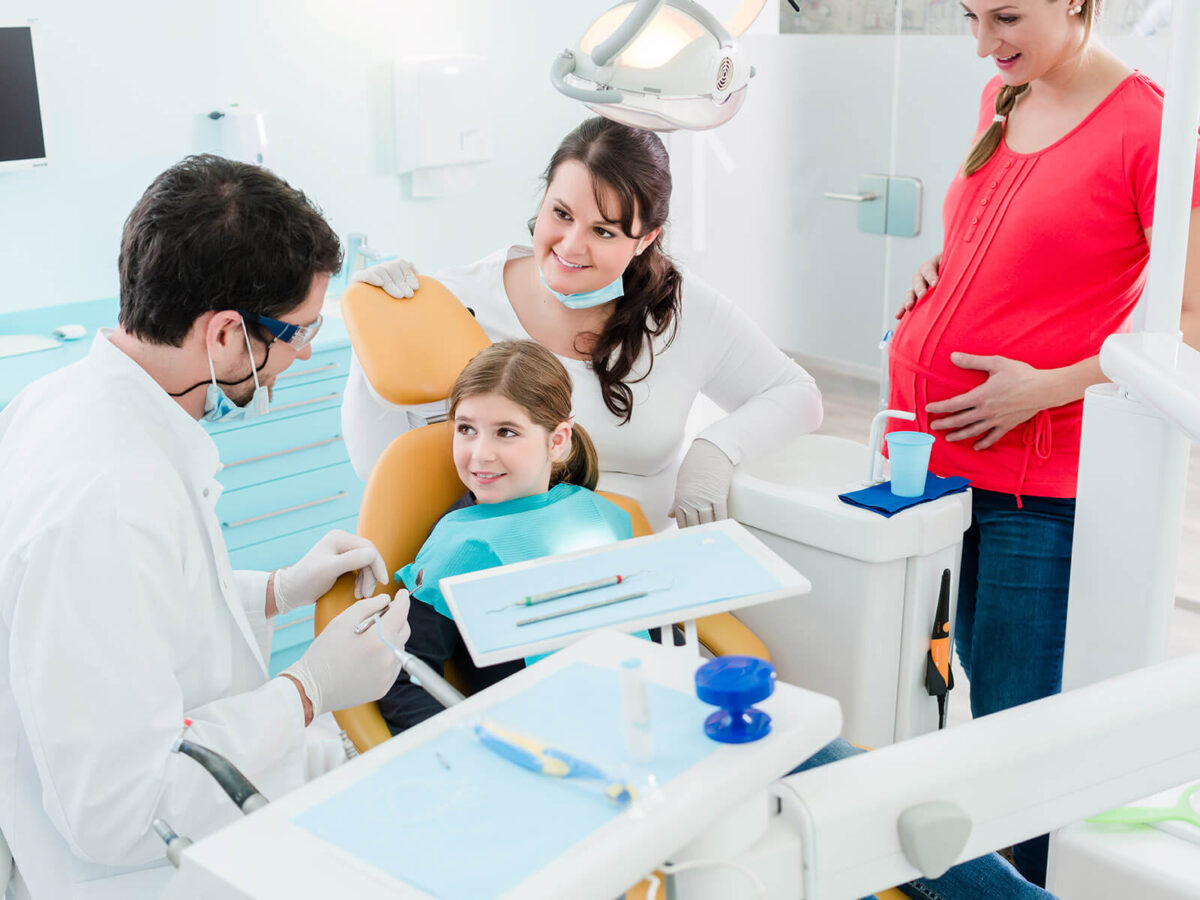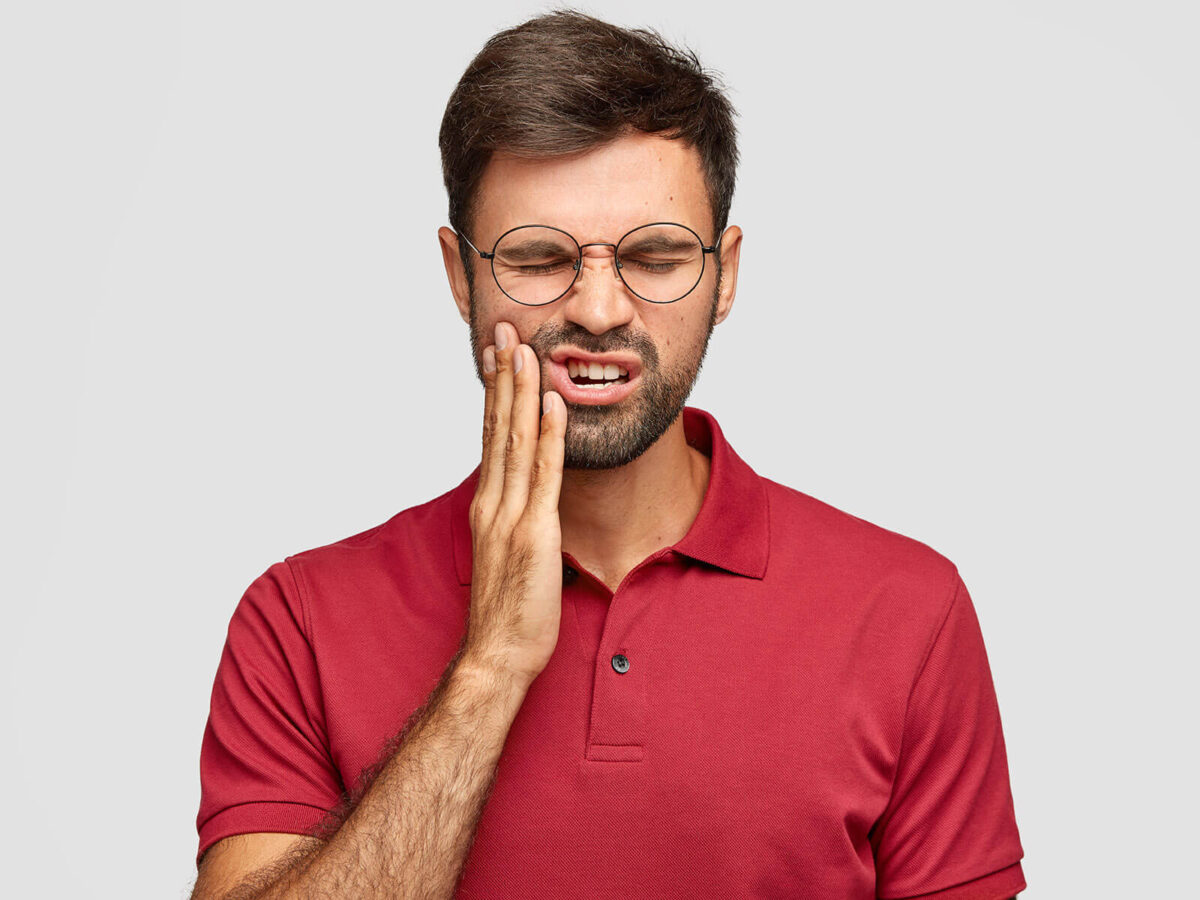Finally, after months or even years of wearing braces, the beauty of the teeth is restored, and the long-desired smile is achieved. However, attaining a perfect smile does not complete removing braces. Wearing a retainer is essential to keep your teeth in the new positions and to protect the money you spend on orthodontic treatment.
This article will examine why wearing a retainer after your braces is good for you and your smile. Whether it is your fresh set of braces or you are considering orthodontic treatment, knowing why you need to wear a retainer to fix your shiny, perfect smile and maintain it for years is essential.
What Is A Retainer, And Who Needs It?
After braces or other orthodontic appliances are removed, the patient must wear a retainer. This individual oral appliance is often made of plastic and metal and worn over the teeth and facial muscles inside the mouth. Every client who has received orthodontic treatment is required to wear a retainer.
What Does A Retainer Do After Braces?
One crucial task of wearing retainers after braces is keeping teeth in the right positions. Limburger is confident that teeth will likely shift back to their initial position right after braces are removed. Meanwhile, the gums and fibrous ligaments holding the teeth in place are softened or flabby while wearing braces.
When the braces are removed, the gums do not contract immediately, meaning the teeth have no barrier to moving around. If you received braces, wearing a retainer after the treatment implies wearing it full-time until the gums become stable and hold the teeth in place. Several months later, your orthodontist may say that you no longer have to wear your retainer during the daytime but must wear it at night.
Most patients inquire if they can remove retainers after undergoing braces. It depends. The time a patient will be required to wear the retainer following braces will be different for all patients and will depend on the treatment carried out.
It is perfectly natural for most individuals to experience some form of tooth misalignment as they progress through adulthood, and the changes that occur are unique to everyone and cannot be anticipated. These changes may be reduced by keeping wearing retainers on a part-time basis.
Why Are Retainers Necessary?
In terms of orthodontic treatment, what do retainers do? Retainers play a crucial role in your orthodontic treatment by providing several benefits:
They Stabilize Your Bite
After your braces are removed, the soft tissue and the bone around your teeth take some time to align themselves to the tooth’s new position. They gradually become fixed in the new alignment, and once this has happened, it is almost impossible for the patient to relapse or for the teeth to shift again.
They Maintain Space for Wisdom Teeth
Therefore, preadolescents and adolescents with developing skeletal structures favor braces most often. As such, they would employ retainers for teeth at the age of around when wisdom teeth come through. When they correctly apply the retainer as a mouth guard, there will always be room in their jaw for wisdom teeth. Always wear retainers so the teeth will not move or bite together due to space.
They Prevent Treatment Reversal
After removing the braces, the teeth will begin shifting back to their previous location several months later. A retainer can avert this. However, depending on your situation, you might need to wear retainers for several years.
They Align Your Jaw Bones With Gums
If your teeth are being straightened to move to a different position, the gums and bones around the teeth will take longer to ‘shift.’ Retainers separately assist in aligning and maintaining your bite as quickly as possible.
They Help Teeth Hold Their Position
If one wears braces for the gaps in the teeth, it will take longer before the teeth can also be set. This can be the case even for rotated and shifted teeth and increased over- and under-jaw positions. When the location and alignment of teeth need to be changed significantly, or the teeth moved a large distance apart, it becomes necessary to hold the teeth until the other mouth structures accept this change. The retainer plays a vital role in this.
Conclusion
At Orthodontics Crosby, TX, we are very particular about everything related to orthodontics; it does not end after your braces are put on but also from when they are removed. If you have any questions about your treatment or what to expect after braces are removed, during and before your treatment, our specialists will explain everything you need to know.
Since every person is unique, your retainer situation will differ based on how your teeth were both before and after treatment. We will take the time to listen to your specific needs and create a plan of care that works best for you. Contact Orthodontics Crosby, TX, with any questions you may have about your orthodontic treatment or for more information on retainers.







